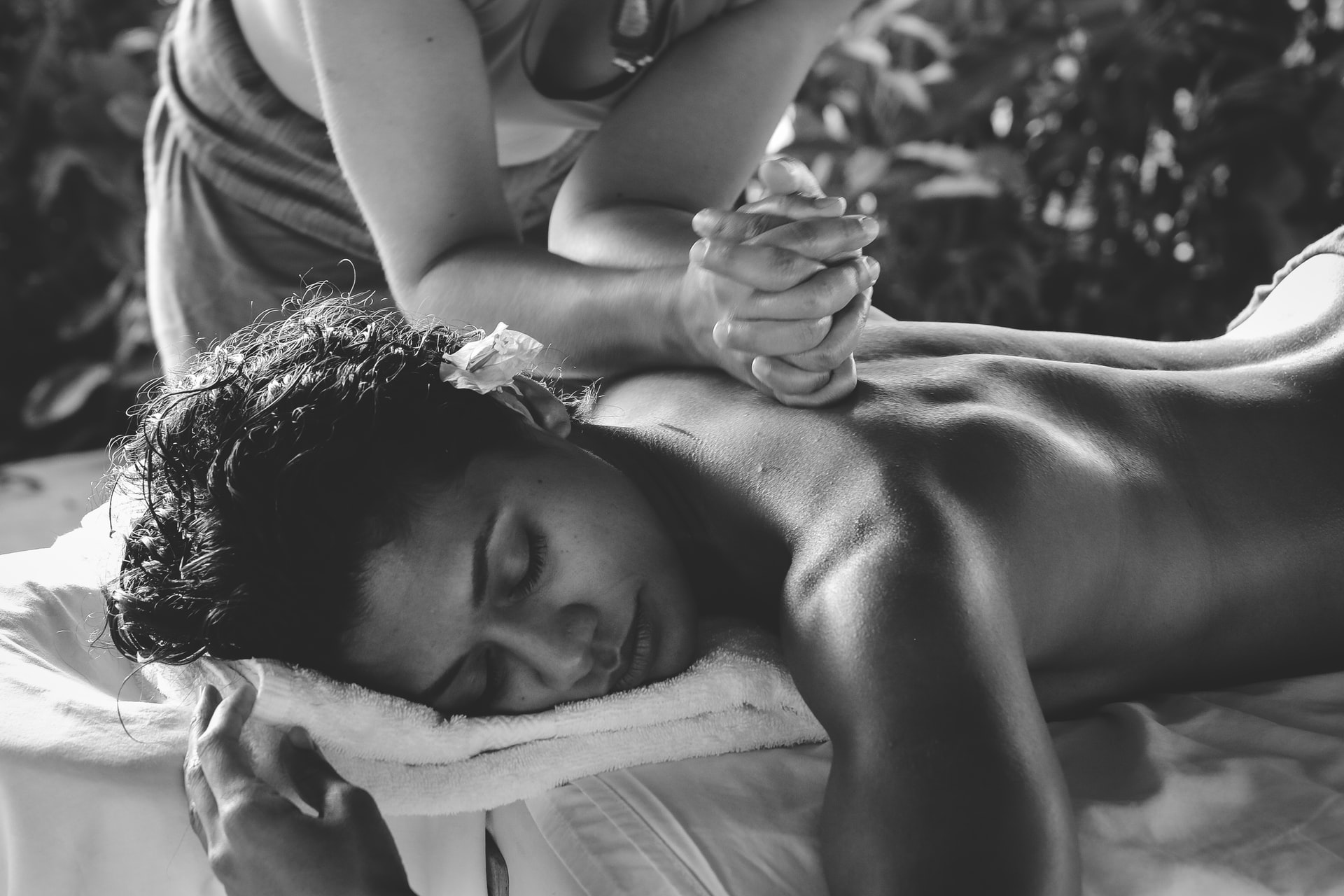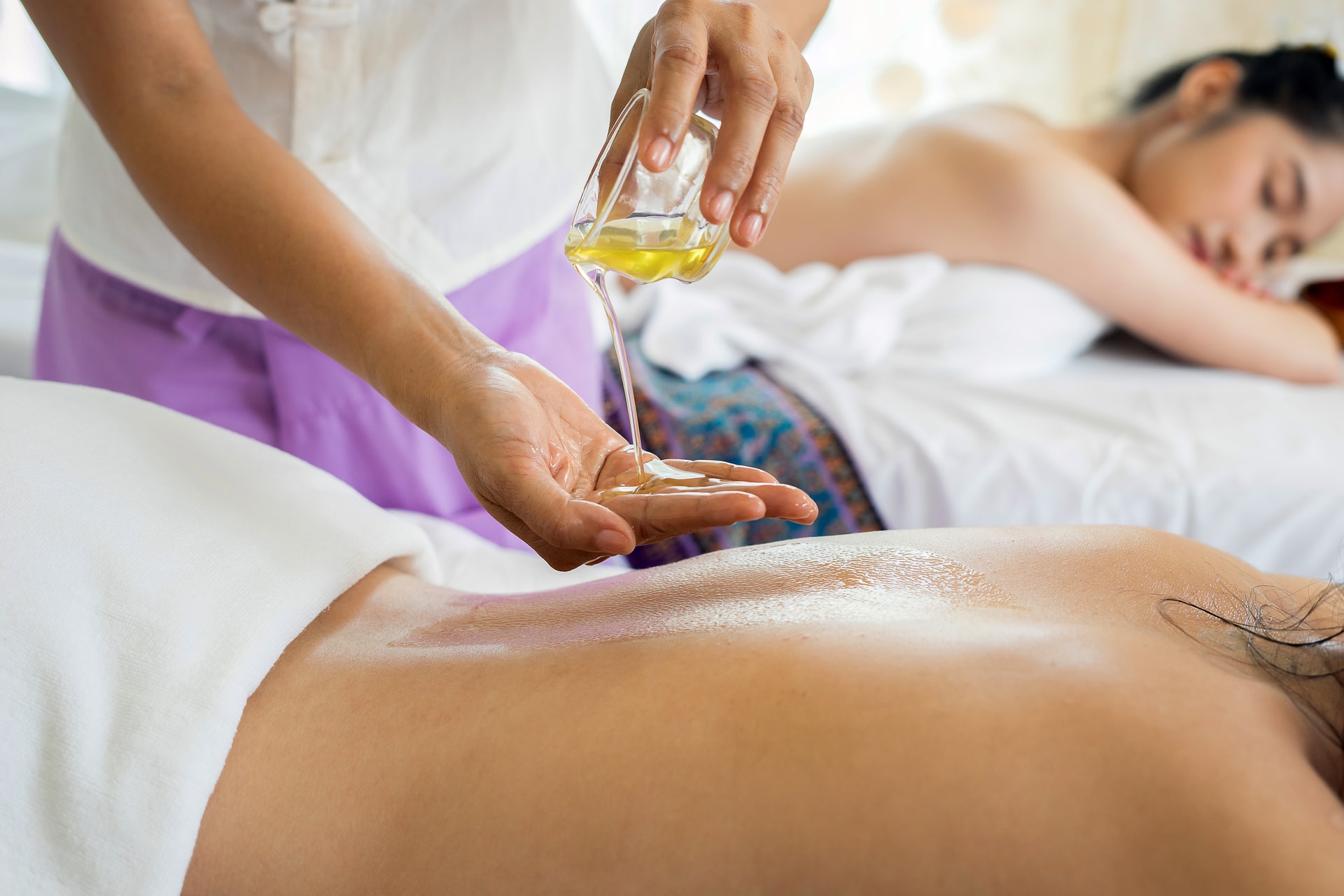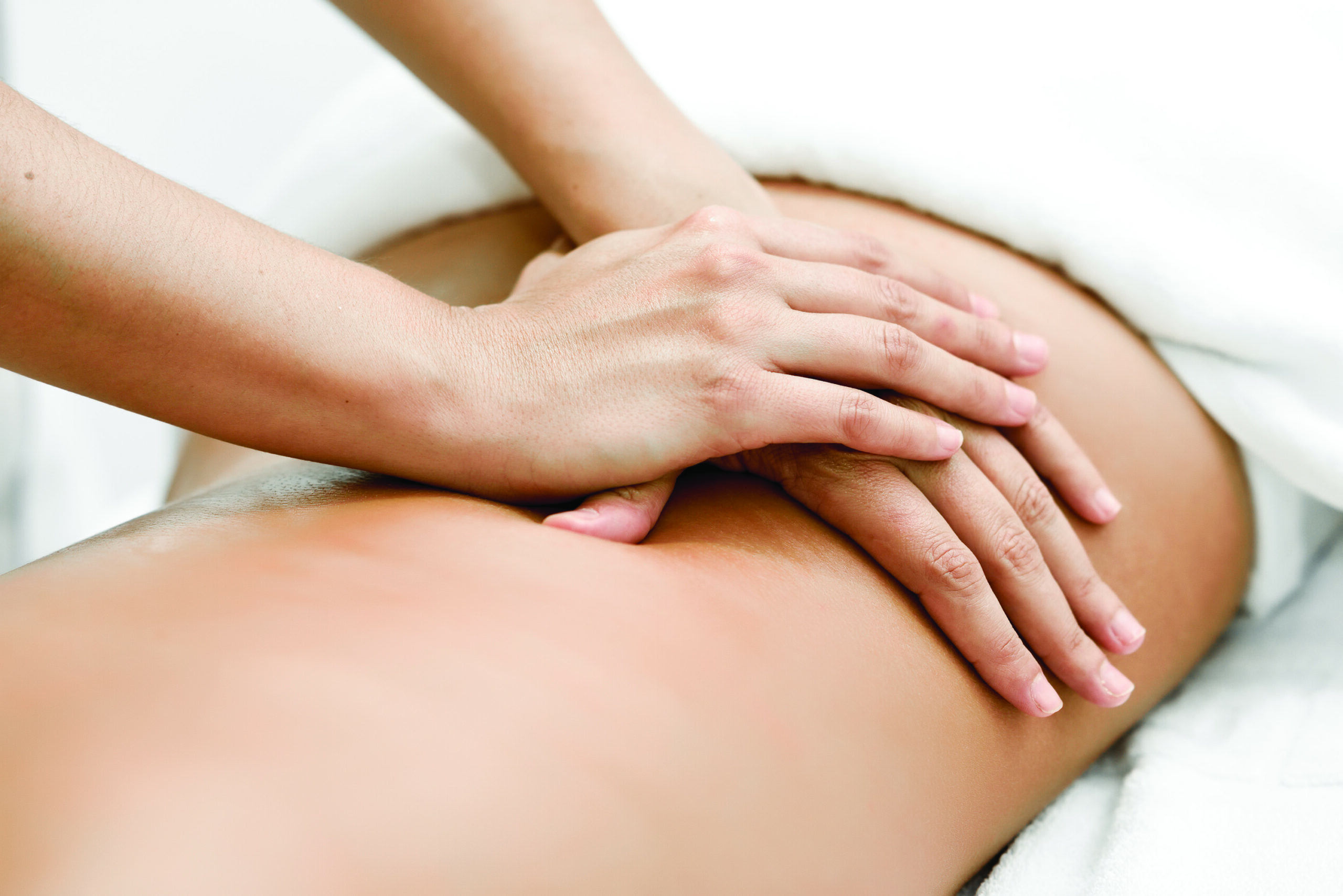Classic massage was used by mankind 3000 years ago. It all started in China, where classical massage began as an instinctive way of not only relaxing but also several ailments. Now, this massage is one of the popular treatments and it has become the basis of many other massage methods.

Classic Massage: How To Prepare?
Classic massage does not require any special preparations. However, it is worth remembering not to eat heavy meals about 1.5 hours before the procedure. Before going for the procedure, you need to take a shower, which can also be done in many massage parlours. During the massage, the person performing it uses lubricants, so you have to take a bath after the session. During the procedure, the patient is naked and has intimate parts covered with a towel.
Classic Massage: Techniques
The technique of classical massage has been carefully developed. So it’s worth knowing that it includes:
Pat
Stroking is performed at the beginning and end of each treatment. The masseur puts his hand tightly to the patient’s body – he uses the same precise – adjacent – touch in every place, applied with a constant force. Stroking in a classic massage can be performed with the entire inner side of the hand, a clenched fist, the ball of the little finger and the ball of the thumb, as well as the dorsal side of the hand, the backside of the 1st and 2nd phalanges, with the fingertips. Stroking in this massage is of different intensity: from subtle, through medium-strength, to strong. The depth of stroking may also vary: squeezing, i.e. deep stroking and superficial stroking.

Rubbing
Another point during this massage is rubbing the massaged tissue, often used in the case of bruises, sprains, adhesions – for healing purposes. While rubbing, the masseur performs circular movements – either locally or in a spiral, i.e. moving the hands rotating along the massaged part of the body. In this part of the classic massage, the person performing it pays special attention to rubbing the points where the muscle bellies transform into tendons and tendon attachments.
Squeezing
The technique is used in two classic massage techniques – sports massage and lymphatic drainage. The masseur makes a movement of constant intensity along the entire area being massaged.
Kneading
This part of the classic massage is the longest and may take about 40 percent of the time of the entire procedure. During this part, the masseur grasps the muscle, trying to pull it away from the bone part. This makes the muscles more flexible, and so does the fascia and tendons. Kneading is one of the two strongest elements of a classic massage.
Patting
Patting is even more vigorous than the kneading performed element of a classic massage. The masseur hits the tissue very quickly, without remaining in long contact with the patient’s skin. The patting can take place with varying degrees of force and therefore have a stimulating or relaxing effect on the patient. As it is the most intense part of classic massage, it is not performed on children and the elderly.
Vibration
The purpose of vibrations in classic massage is to activate smooth and striated muscles and to stimulate muscle fibres. It’s also about slowing down your heart rate and raising your blood pressure. The use of vibrations in this massage also accelerates the combustion of matter.

Dithering in Classic Massage
Dithering is the element of the classic massage that sets the massaged muscles in a gentle trembling motion – it is performed with a low frequency, but with a large amplitude of vibrations. On the patient’s body, the masseur spreads his fingers wide and makes vigorous sideways movements, without taking his hands off and constantly moving.
Rolling
Rolling is an element of this massage, combining kneading, rubbing and stroking. Depending on the intensity – performed slowly or vigorously – it relaxes or stimulates the tissues.
As much as possible, keep your body moving. Please don’t let your inner self down!

